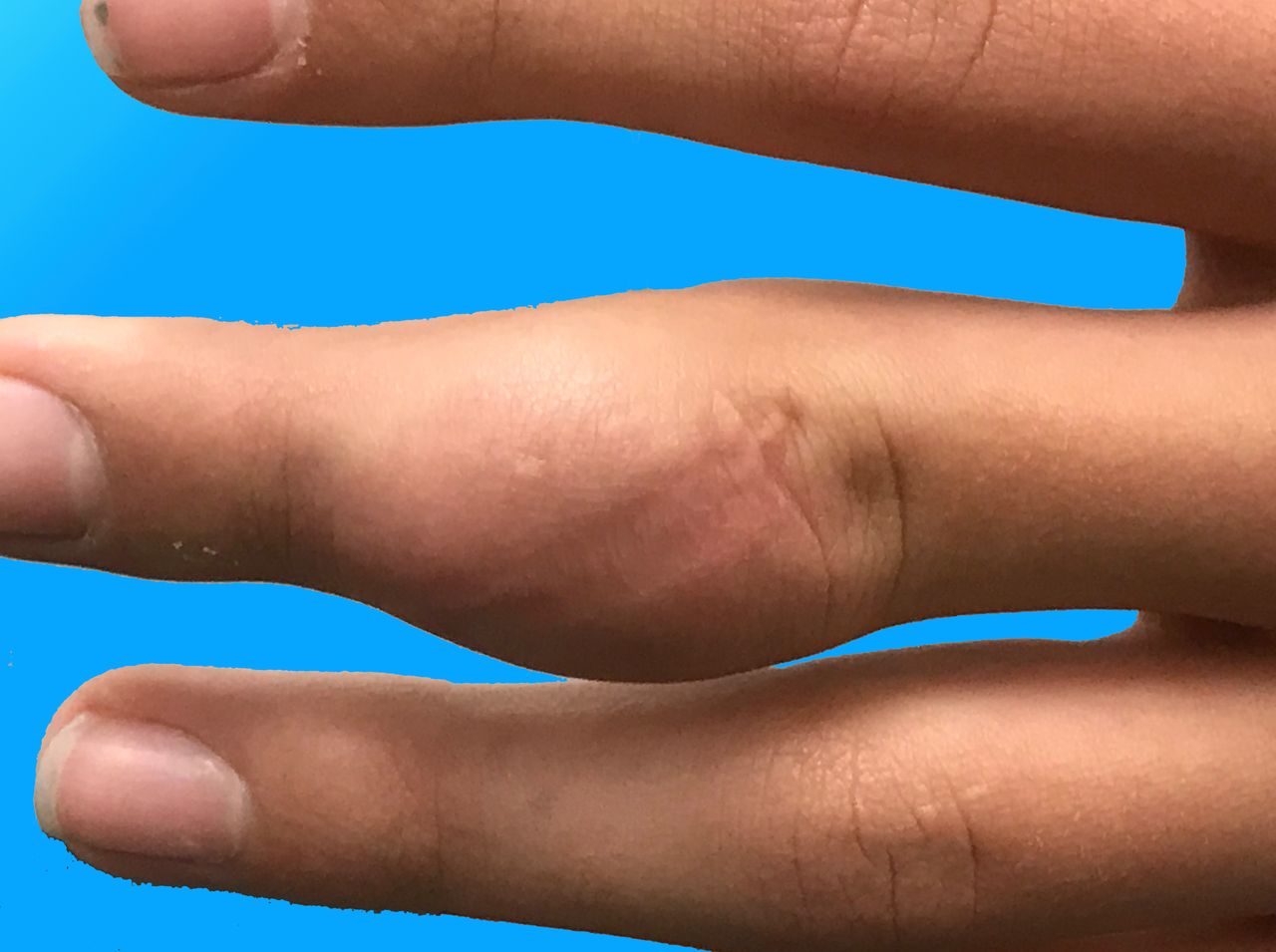
Surgeons at Shanghai Jiao Tong University have pioneered a groundbreaking surgical procedure referred to as the FENCY ligation method, which establishes a “fence” of sutures encircling large nerve tumors prior to their excision. This technique has demonstrated notable enhancements in patient safety for individuals with plexiform neurofibromas, which can reach sizes greater than footballs. The FENCY ligation method, in conjunction with preoperative vascular blockade, has produced encouraging outcomes in 11 patients with tumors measuring up to 55.6 centimeters.
These uncommon tumors are linked to neurofibromatosis Type 1, impacting about 1 in 3,000 individuals and resulting in considerable disfigurement and functional complications. Conventional surgical techniques frequently face difficulties due to excessive hemorrhaging, restricting treatment options.
**The Fence Strategy**
Principal investigator Dr. Zhichao Wang notes that excising enormous PNF has been especially problematic because of significant vascularity and crucial anatomical positions. The FENCY technique adeptly tackles these challenges by positioning sutures in a fence-like arrangement surrounding the tumor before executing surgical cuts. This process includes marking the tumor region with blue dye and positioning heavy silk sutures approximately 2-3 centimeters apart around the area. Each suture compresses the blood vessels supplying the tumor, minimizing the bleeding risk. This technique proved effective even in intricate regions such as the face and neck.
**Dramatic Results in Complex Cases**
The research monitored outcomes for 11 patients with giant tumors, achieving extraordinary results:
– The median tumor size treated was 30.4 cm, with the largest being 55.6 cm.
– Most patients reported substantial functional enhancement post-surgery.
– The average patient satisfaction rating was 10 out of 10.
– Only one patient encountered a post-operative infection.
– The median duration of hospital stay was 17 days.
**Revolutionary Case: 14-Kilogram Tumor Removal**
A remarkable success involved a 23-year-old woman with a 14-kilogram tumor on her back and buttock. Despite requiring considerable blood transfusions, she experienced notable mobility improvement and returned for further tumor removal after 21 months.
**Enhanced Safety Through Embolization**
For highly vascular tumors, surgeons incorporated preoperative embolization, which obstructs blood vessels nourishing the tumor through tiny coils. Three patients received this supplementary treatment, aiding in bleeding management. The study revealed that patients without embolization had a median blood loss of 208 milliliters, whereas those who underwent both treatments experienced 756 milliliters due to more complex cases.
**Addressing a Critical Medical Gap**
This investigation tackles a significant clinical concern, as therapeutic options for these tumors are scarce. Existing MEK inhibitor medications are expensive and come with substantial side effects. The FENCY technique shows potential, particularly for tumors situated in complicated anatomical areas. Future initiatives will involve integrating AI-assisted surgical planning and image-guided methodologies to further enhance safety and accuracy. Larger patient studies will be essential to confirm the method’s efficacy and optimize patient selection criteria.
Discover more from SciChi and stay informed about the most recent medical breakthroughs by subscribing to receive posts directly in your email.